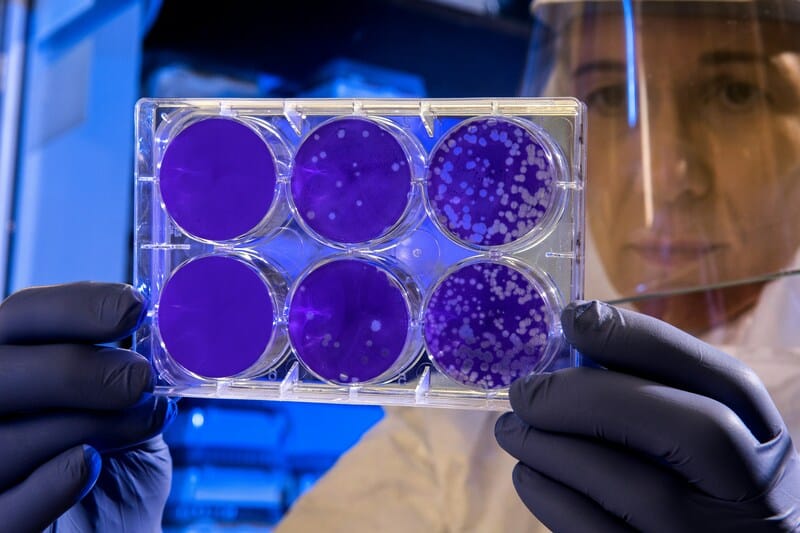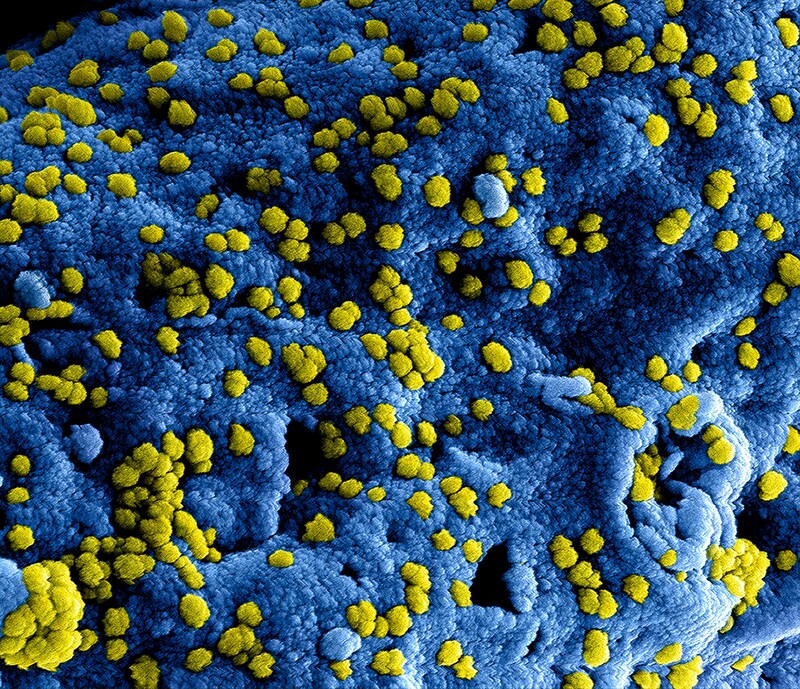Individuals with food poisoning have a foodborne illness due to ingesting food or drinks contaminated with harmful substances. Healthcare providers define “foodborne illnesses” as any disease caused by contaminated food or beverage consumption. Although individuals can overcome mild symptoms of food poisoning without medical treatment, these symptoms can become more severe and even life-threatening.
Food Poisoning Symptoms
Typically, individuals can exhibit food poisoning symptoms at any time, either hours or weeks after consumption. Moreover, these symptoms may vary depending on what causes them to develop. Overall, common symptoms of food poisoning include headaches, fever, cramps, stomach pain, bloody stools, diarrhea, vomiting, and upset stomach. It’s also possible for additional symptoms to develop such as voice pitch changes, weakness, and numb skin.
While rare, individuals can develop more severe neurological effects, including headaches, limb movement loss, swallowing difficulties, and double or blurred vision. In extreme cases, these neurological symptoms tend to be the most prevalent. The duration and intensity of food poisoning symptoms depend on individual response and the contaminant.
Food Poisoning Causes
Numerous contaminants can trigger food poisoning including toxins, intestinal parasites, viruses, bacteria, and toxin-producing molds or bacteria. These contaminants are harmful substances within food and beverages and usually derive from diverse sources such as microbial agents including viruses, bacteria, and other parasitic organisms. Alternatively, naturally occurring bacteria or mold-produced toxins can pose significant health risks.
Food contamination can happen during any part of the food preparation process. From farm to table, these stages include growth, harvest, process, store, ship, and preparation. In general, contamination occurs at home during inadequate handling practices. Specifically, poor handwashing can contribute to this contamination as germs or bacteria can still be left on the hands affecting food.
If an individual fails to disinfect cooking and dining areas, Contaminants can spread easily. Likewise, improper usage such as keeping perishable foods at room temperature can also contribute to this issue. Lack of maintenance on refrigerators or freezers creates an environment for bacteria and gems to thrive, further spreading contamination.
Foods Causing Foodborne Illnesses

Typically, foodborne illnesses are caused by toxins, parasites, viruses, and bacteria. While Bacillus cereus affects food at room temperature, Campylobacteria thrive in unpasteurized milk and raw poultry. Clostridium botulinum contaminates home-preserved foods like honey, impacting infants. Clostridium fringes are found in improperly stored gravies and meats. Escherichia coli (E. Coli) spreads through fresh produce, unpasteurized milk, and raw meat.
Giardia lamblia thrives in contaminated feces and water, while Hepatitis A occurs due to infected food handlers, raw shellfish, and tainted water and food. Listeria spreads through hot dogs, unpasteurized dairy products, and luncheon meats. Norovirus targets shellfish, infected handlers, and ready-to-eat foods. Rotavirus infects water, food, and objects. Salmonella contaminates eggs, poultry, and dairy products.
Shellfish poisoning is caused by toxin-contaminated seafood. Shigella spreads through water, food, and human contact. Staphylococcus aureus infects cream-filled pastries kept at room temperature and meat salads. Vibrio spreads through shellfish, raw fish, and contaminated water. Generally, bacteria causing food poisoning can be found in seawater, lakes, and swimming pools and are caused by animals exposed to the disease.
At-Risk Individuals
Although it’s rare for healthy adults to experience complications, food poisoning can cause various potential issues. Due to the disease, an individual may struggle with dehydration, systemic disease, and pregnancy complications. Nonetheless, dehydration is the most prevalent complication as these individuals may lose water and electrolytes due to diarrhea or vomiting.
While healthy adults can prevent dehydration by consuming fluids, vulnerable groups like older adults, younger children, and individuals with weakened or flawed immune symptoms are the most at risk. If left untreated, this disease can cause organ damage or even death, requiring hospitalization for treatment.
Food Poisoning Complications
Complications resulting in systemic disease affect older adults and individuals with pre-existing conditions. Specifically, a bloodstream full of bacteria, blood cl0ts, sepsis, and meningitis are usually underlying diseases for people with food poisoning. Likewise, listeria bacteria can cause pregnancy complications including stillbirth, miscarriage, newborn meningitis, and sepsis. For rare complications occurring from food poisoning, breathing difficulties caused by botulism, irritable bowel syndrome, arthritis, and Guillain-Barre syndrome are common symptoms.
To minimize the risks of food poisoning, these vulnerable groups should avoid consuming undercooked or raw meat, shellfish, fish, and poultry. Likewise, they shouldn’t eat undercooked or raw eggs and meat products and unpasteurized milk products, ciders, and juices. Also posing risks are certain cheeses such as blue-veins, unpasteurized, or soft cheeses. Additionally, these individuals should avoid meat spreads, refrigerated pates, uncooked hotdogs, and deli and luncheon meats.
Final Thoughts
Prioritizing food handling practices and proper hygiene protects individuals from food poisoning. While at home, one should handwash with water and soap for about 20 seconds before and after eating or handling food, and after toilet use. Besides oneself, thoroughly washing vegetables, fruits, and kitchen utensils ensures proper cleanliness.
To stop bacterial growth, cook fish, meat, and poultry at recommended temperatures and promptly put leftovers in the refrigerator or freezer. Throw away any suspicious-looking food in the garbage if in doubt, and maintain regular cleaning of the fridge using bleach solutions or baking soda to keep it sanitary. Ultimately, following these guidelines significantly reduces the risk of food poisoning.
Disclaimer: This article is intended simply to provide information. It does not replace the medical advice of a physician or other medical professional. Please speak with your doctor or therapist if you have any questions or concerns.









